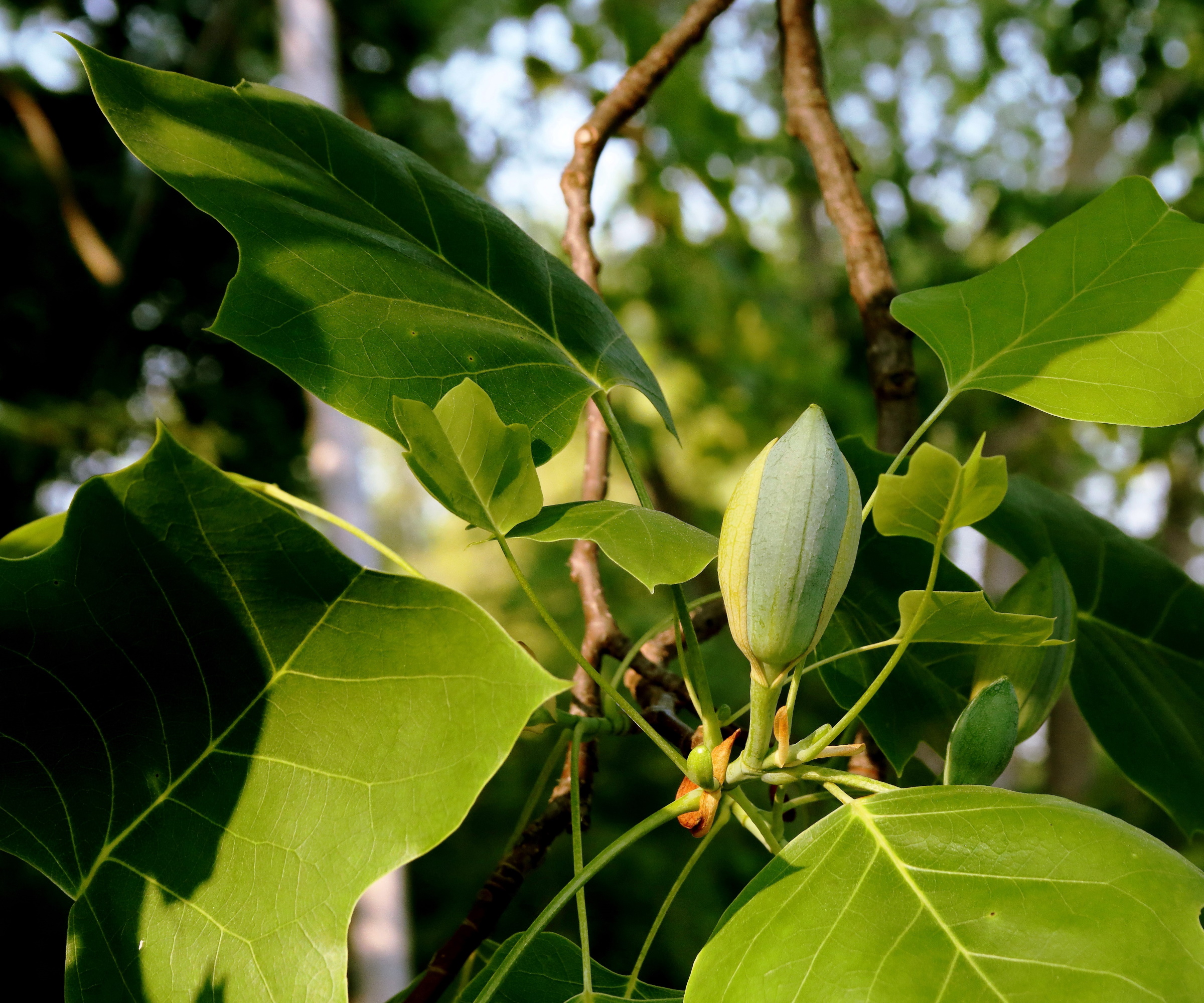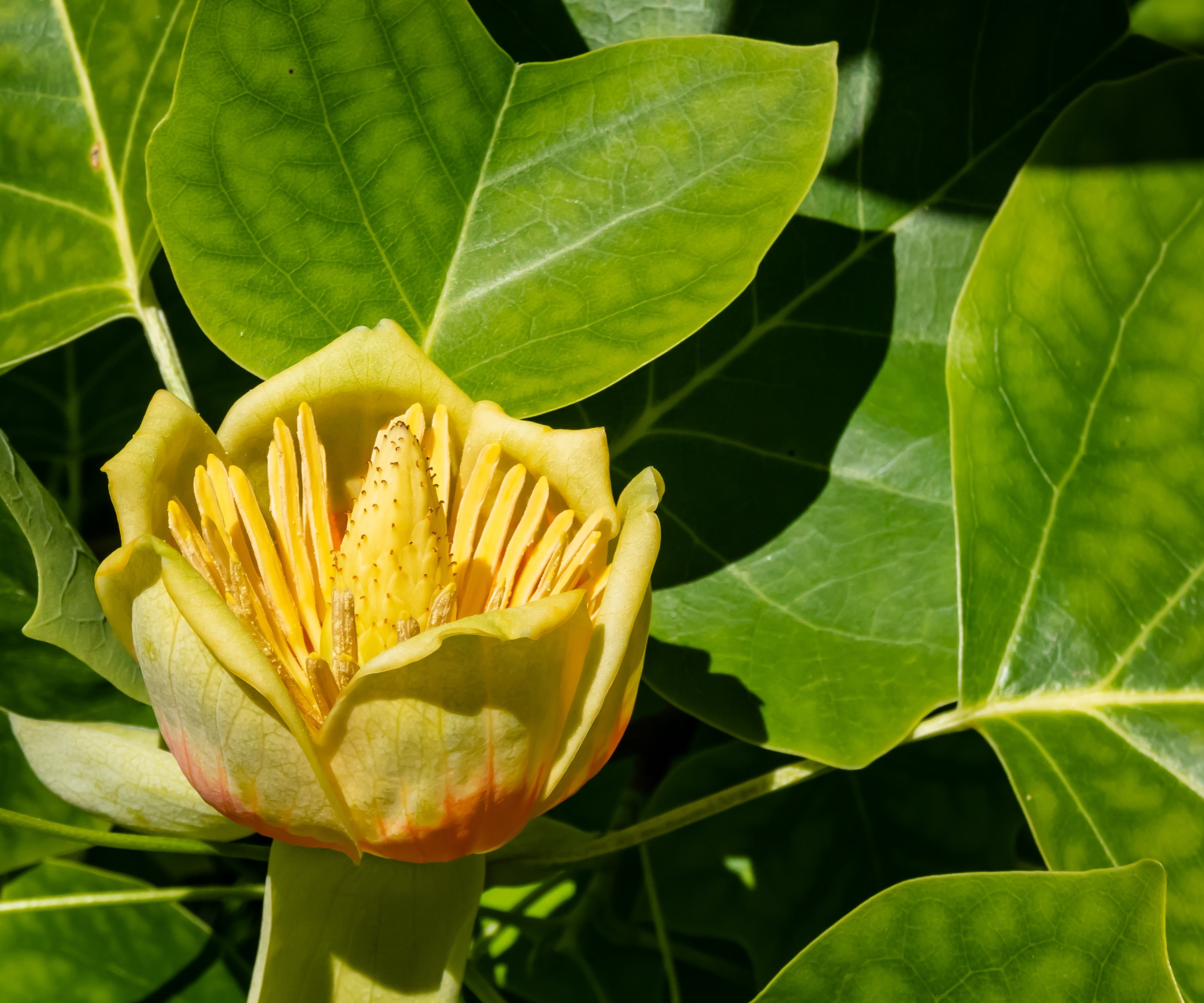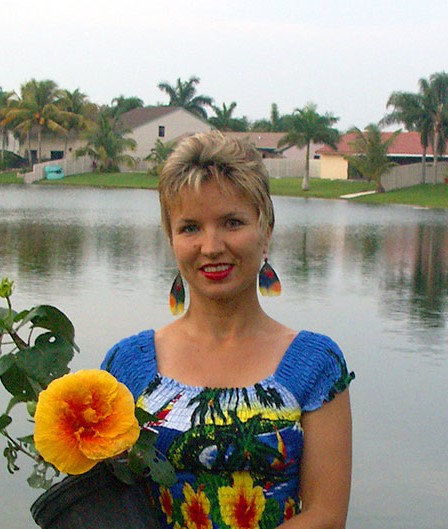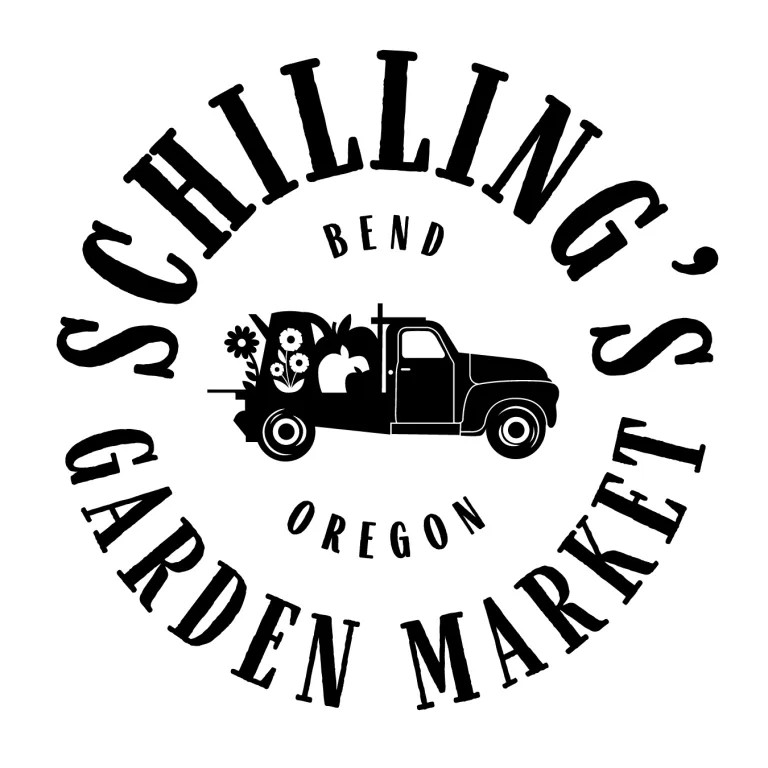How to grow a tulip tree – for a flowering tree that hummingbirds and pollinators adore
Tulips trees are celebrated for their spectacular spring show that is popular with butterflies, birds and bees


The tulip tree is remarkable and unusual. Importantly, it is not related in any way to spring flowering tulips that we all know and love. Instead, this flowering tree is prized for its flowers that appear tulip-like when they emerge, as seen in the images here.
So, if you are seeking backyard ideas or considering planting a new tree, this might be one to consider. While it is sizeable, reaching great heights, this North American native will certainly be a fine addition to any yard.
So, why not consider planting a tulip tree in your yard this year? Here, experts offer advice on how to grow this impactful arboreal gem.

How to grow a tulip tree
Tulip trees are unique and striking. Known for reaching great sizes, planting a tulip tree is an excellent choice for gardeners with a large backyard. The tulip tree will go on to produce beautiful blooms and attractive foliage, often considered one of the best trees for fall color.
Things to know about tulip trees

Tulips trees grow best in US hardiness zone 4 to US hardiness zone 9. When younger, tulip trees can be 'cold sensitive,' says Tatiana Anderson, tropical plant expert and co-founder of Top Tropicals, 'so it is best to keep frost off young saplings.'
'Well-established trees are hardier but smaller trees will get frost damage,' Tatiana says, which is something to bear in mind if you reside in a cooler zone.
This tree is 'fast growing and can reach a great size,' Tatiana adds, notable for its tall, straight trunk, often reaching up to 100 feet or more in ideal conditions.
Design expertise in your inbox – from inspiring decorating ideas and beautiful celebrity homes to practical gardening advice and shopping round-ups.
Tatiana adds that because of its size, 'it is not recommended for container growing, as it will grow out of its container in 3 to 4 years or less.' Tulips trees are more suited to growing in the ground, so ideal for those with larger plots.

Tatiana Anderson is the co-owner and co-founder of Top Tropicals, based in Fort Myers, Florida. Top Tropicals grow and sell a whole range of flowering and fruiting tropical plants.
Growing guide for tulip trees

- Soil: ' The tulip tree prefers well-draining acidic soil, preferring not to sit in water,' says Jennifer Curtis, plant expert and nursery manager at Schilling's Garden Market, Oregon. One tip to improve the quality of the soil and retain moisture is to spread bark mulch over your borders every year.'
- Light: This tree 'prefers a full sun position in the backyard, meaning that it should be planted somewhere that is unobstructed and where it gets lots of light,' Jennifer says.
- Watering: Be sure to water your tulip tree after planting, particularly during the spring and summer. 'Newly planted trees require regular watering to help with their root development,' Jennifer adds.
- Fertilizing: Jennifer recommends using a 'slow-release, balanced fertilizer of nitrogen, phosphorus, and potassium (NPK) that will benefit the tree, applying in the early spring months to support flower blooming and then applying in late spring or early summer to support growth.' Using something like this tree and shrub feed from Walmart, place fertilizer spikes or granules away from the trunk, towards the drip line of the canopy.
- Pruning: As tulip trees grow so fast, occasional pruning is important to keep them under control. Tulip trees can often produce large branches and limbs that can pose a hazard during fall and winter when there are strong winds. It is best to remove dead, damaged, or weak growth in late winter or early spring, using a pruning saw to neatly remove old wood. For larger, established trees, it is recommended that you seek help and assistance from a local tree surgeon.
- Additional Tips: Jennifer advises that tulip trees can go on to reach 90 to 100 feet tall, so considering the placement of this tree and its future spread is important. It is generally not suitable for growing in smaller yards or container gardens and grows better when given plenty of space where it will not require annual pruning.

Jennifer Curtis is a plant expert and nursery manager at Schilling's Garden Market, Bend, Oregon. Schilling's Garden Market is a boutique plant nursery specializing in specimen-quality dwarf confers, Japanese maples, the highest-quality of shrubs and unique perennials for your landscaping needs.
FAQs
Can I grow a tulip tree in a small yard or a container?
Tulip trees can reach great heights with wide canopies. For this reason, it is not recommended that you grow these trees in small yards or in containers. Tulip trees grow well and look their best when they are positioned in a large and open space, where they can grow freely and will not obstruct any other tree or structure.
If you have the space, planting a tulip tree is a sensible backyard investment that will produce brilliant blooms and attractive foliage every year. If you are looking for other striking and unusual trees to add to your backyard this year, consider planting a pawpaw tree, for spring blooms and nutritious fruits.

Thomas is a Content Editor within the Gardens Team at Homes and Gardens. He has worked as a professional gardener for both public spaces and private estates, specializing in productive gardening, growing food and flowers. Trained in Horticulture at the Garden Museum, he has written on gardening and garden history for various publications, including The English Garden, Gardens Illustrated, Hortus, The London Gardener and Bloom. He has co-authored a Lonely Planet travel book, The Tree Atlas, due out in 2024.
